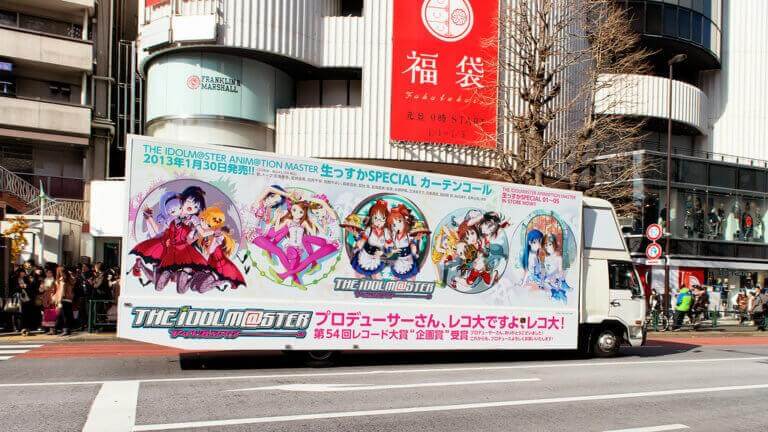
We’ve been around the U.S. and warmer climates, seen advertising that tells similar stories promoting comparable subject matter, but now it’s time to dive into an outdoor advertising culture in East Asia that breeds marvel, manga, and ad magic. With an estimated population of 126.8 million in 2017, Japan is equivalent to 1.64% of the world’s total population. Outdoor and transit advertising in Japan is expected to grow at a steady pace, so it’s valuable to look at the ways in which these markets are impacting this island country. The global market for digital OOH advertising is predicted to have a growth rate of 13.2% while Japan has a growth rate of an estimated 27.8% in 2013-2020. It’s also expected that through 2021 the growth potential of DOOH advertising would result to 86%, which surpasses the 67% for mobile advertising and 49% for online advertising.
Although DOOH is only one channel that Japan seems to master and move forward with, the country is excelling at other outdoor advertising mediums that delight their residents and tourists alike. Let’s talk about what’s popular in outdoor advertising trends in Japan, three factors that make their advertising different than other global advertising, and the most famous outdoor ad in Tokyo.
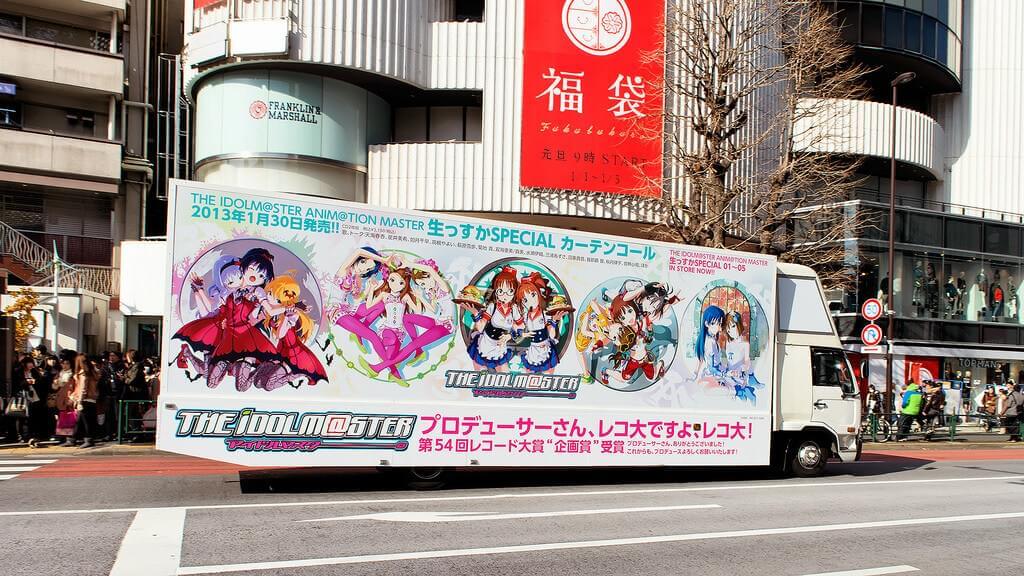
Manga and Anime on Outdoor Advertisements
According to a public relations company headquartered in Tokyo called Dentsu, Japan’s overall advertising spend in 2014 was 6152.2 billion yen, which was an increase from the previous year by 2.9%. The rise of higher billboard costs could be a significant factor in this expenditure, as the instalment of LED signs is rapidly growing in the market categories for automobiles, beverages, finance/insurance, music, and more. Among these markets, the use and references to manga and anime is prolific. Manga images are black and white comics, while anime is Japanese animation. The Western world has heavily adopted manga and anime into its own cultures, but its roots have always derived from Japan. So, how do these comic images work in Japan’s outdoor advertising?
Storytelling illustrations are quite prominent in the advertisements for Japanese brands, many of which are storylines based off of manga and anime plots. Characters from manga and anime are commonly used to sell certain Japanese products. The illustrative styles are represented in public awareness ads, such as password protection advertisements on the metro catered to Japanese teenagers. Big brands such as Shiseido use manga fashions in their outdoor advertising, while other shops use manga character mascots outside their stores to allure people passing by.
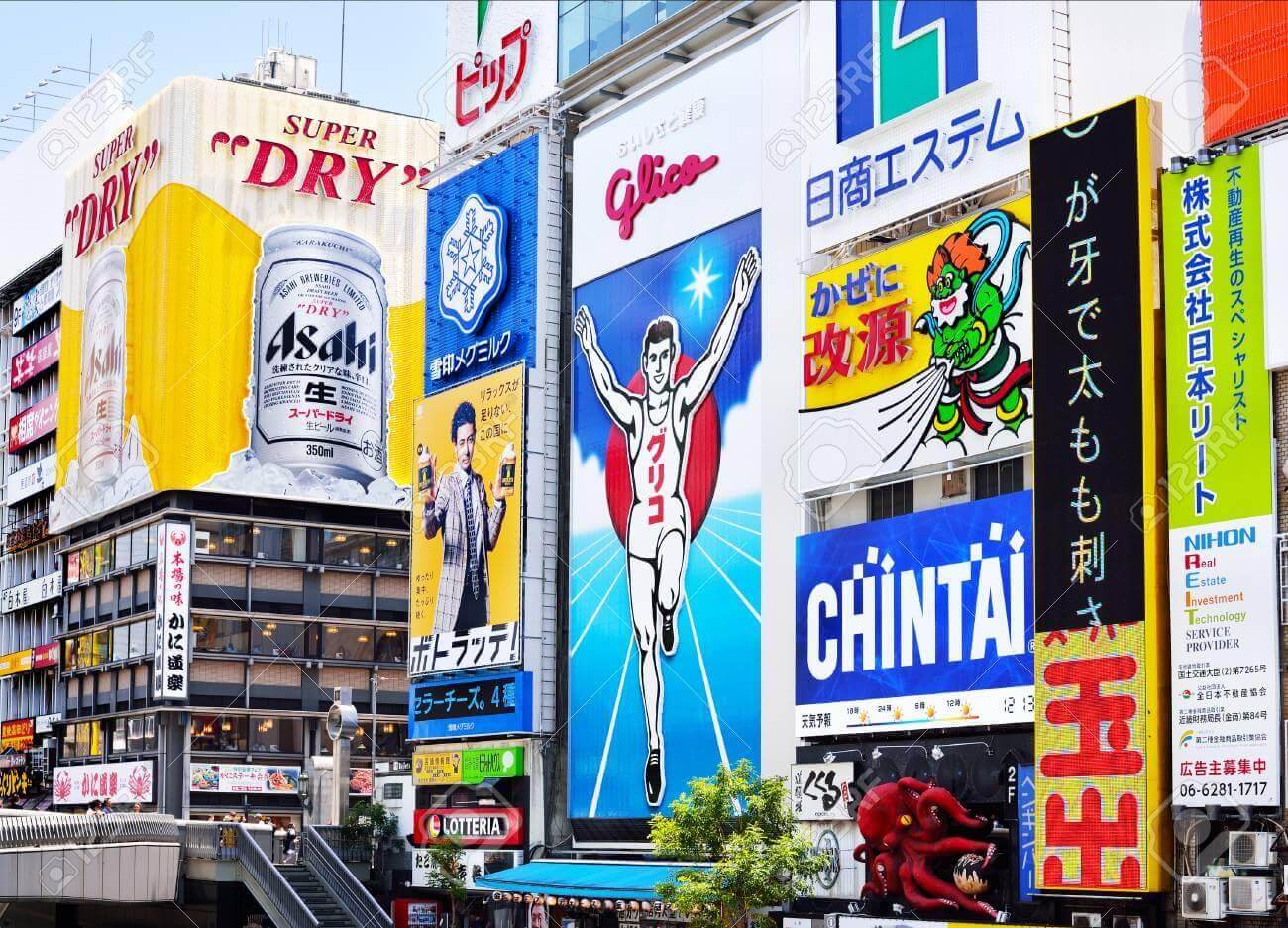
This manga and anime influence trickles into the culture of well-known characters like Hello Kitty, where the cultural awareness isn’t limited to Japan. In 2013, L’Oreal came out with a mascara called “Miss Manga” which was meant to make the consumer’s eyes pop like a manga character’s would. Overall, manga and anime take over many executions of outdoor advertising in Japan. This takeover spills into Western brand’s advertising initiatives to sell to a culturally aware clientele.
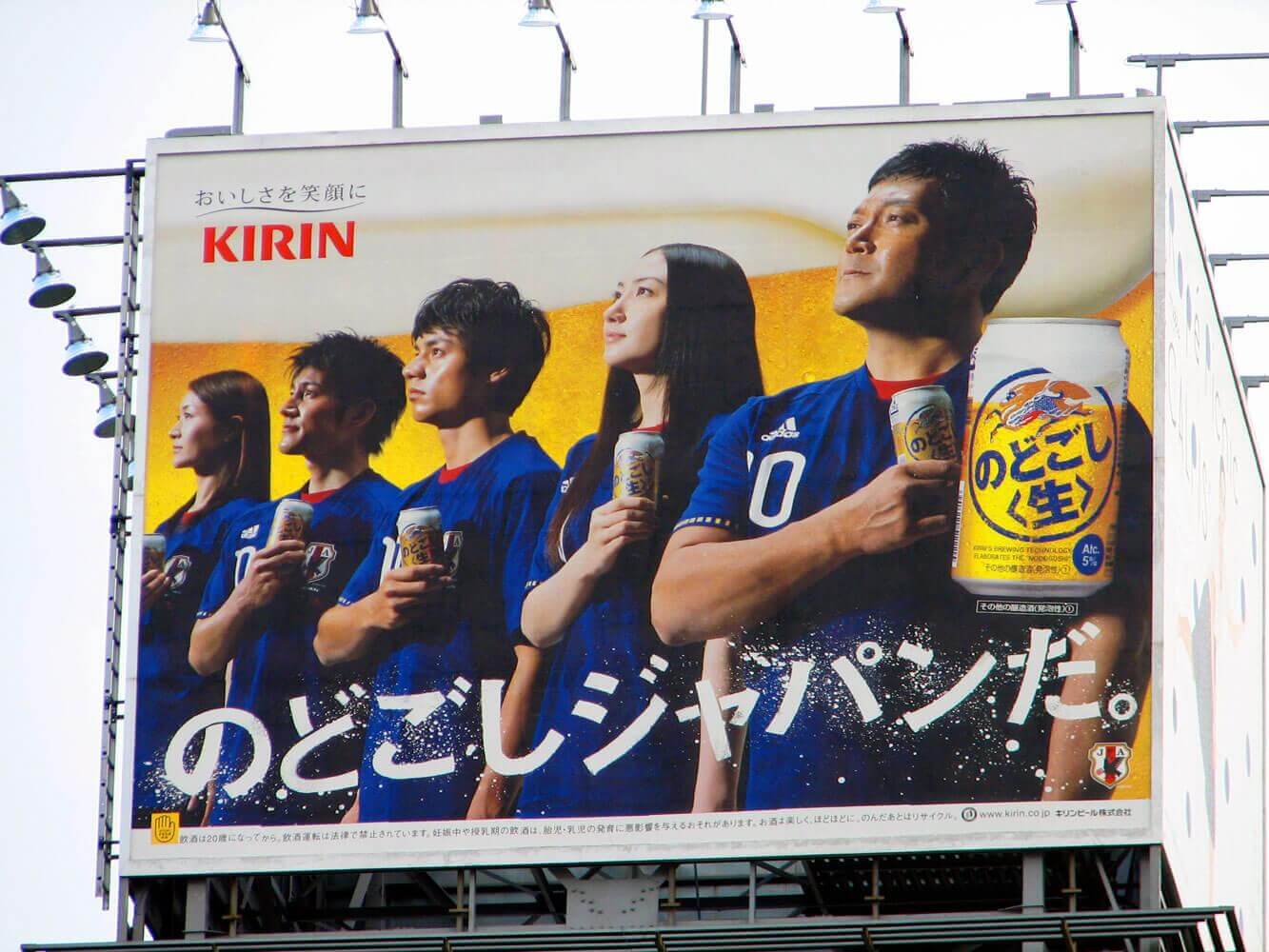
How Japanese Advertisers Think Beautifully
In Japan, advertisements use narratives that other parts of the world don’t even dream of. Their iconic, and shareable, ads feature the art of consumption in out-of-the-box ways that tap into people’s wildest imaginations. Let’s look at three reasons why Japanese advertisements create memorable connections among consumers.
1. Imagination > Function
Japanese advertisements reveal less about the actual product or brand and tell more about a scenario that may not have anything to do with the service being sold. Unlike Western advertisements, where an ad shows you exactly how the product works and what its benefits are, Japanese ads hint at the product through creating another story surrounding a separate script. This level of imagination works well because it ties a product to a well thought out plot line that audiences will forever remember. A great example of this is the “White Family” ad by SoftBank.
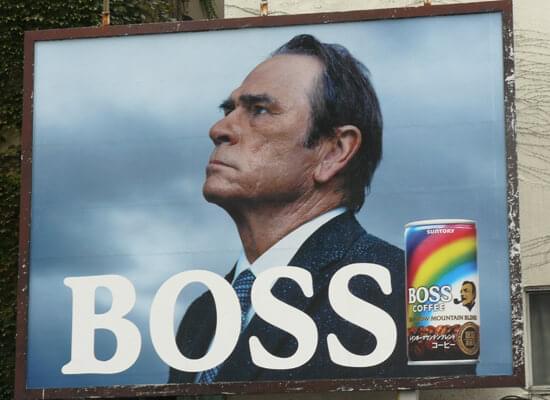
2. Celebrity Influence
Although celebrity endorsements in advertising is semi popular in Western practices, Japan uses celebrities in their commercials as a means of popularity and collectivism. A celebrity standing behind a product in Japan will bring more credibility to the brand, and will serve as a means of promotion for the celebrity. Celebrities want to be a part of outdoor ads in Japan because of its booming reputation. According to Euromonitor, outdoor ads account for 24.5% of total ad spend in Japan while, in the U.S., it’s only 4.6%. No doubt, celebrities want in on this to increase their following and familiarize themselves with more promotion.
3. They’re a Good Laugh
Creative Culture said that, “the popularity of comedic and bizarre entertainment reached a peak in Japan during the first decade of the 21st century, when many comedy shows were broadcasted during prime daytime slots that attracted high viewing figures”. Since then, outlandish skits and ridiculousness became the norm in advertising products that aren’t necessarily funny by nature. The inclination to entertain through lighthearted humor is what sets apart Japanese advertisements from ads too serious, or too generic, in other parts of the world.
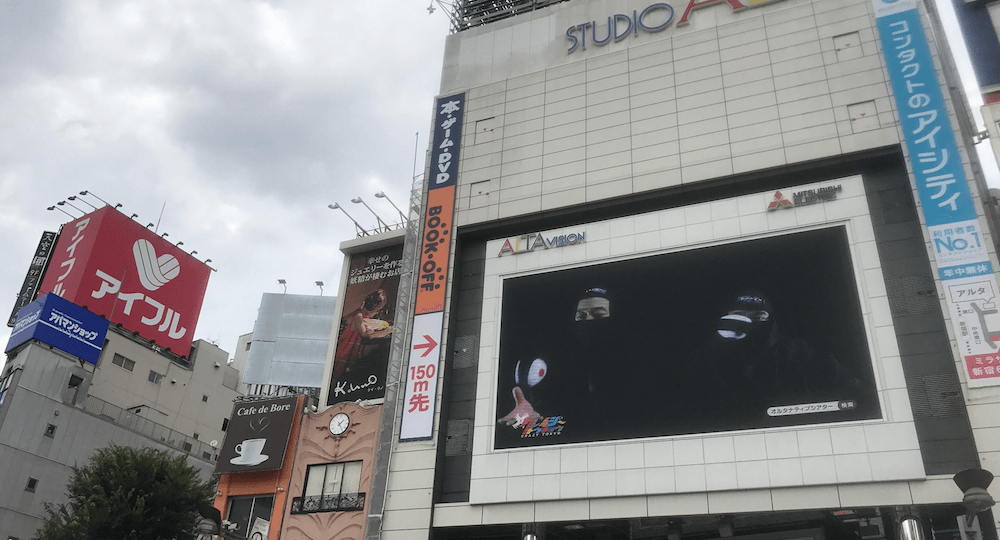
Tokyo’s Most Famous Outside Ad
The huge monitor of Studio Alta resides in Shinjuku, standing 7.2m tall and 12.8 wide, acting as a television screen and signboard enticing about 230,000 people during the holiday season. Studio Alta is a building known for being the most famous television program studio in Japan, making it in the Guinness Book of World Records. The advertising rate for this monitor is about 100,000 yen for 15 second moving images that are projected 28 times a day. Known to be a national attraction, the ad displays on Studio Alta are an outdoor advertising wonder of Japan.

After examining how Japan does outdoor advertising, how they mix manga and anime into it, the ways to pull consumers into a brand, and the most famous ad in Japan, it’s certain that their culture is an outdoor advertising influencer. Japan knows how to create memorable content for brands and effectively get advertising messages across in the most playful of ways.


